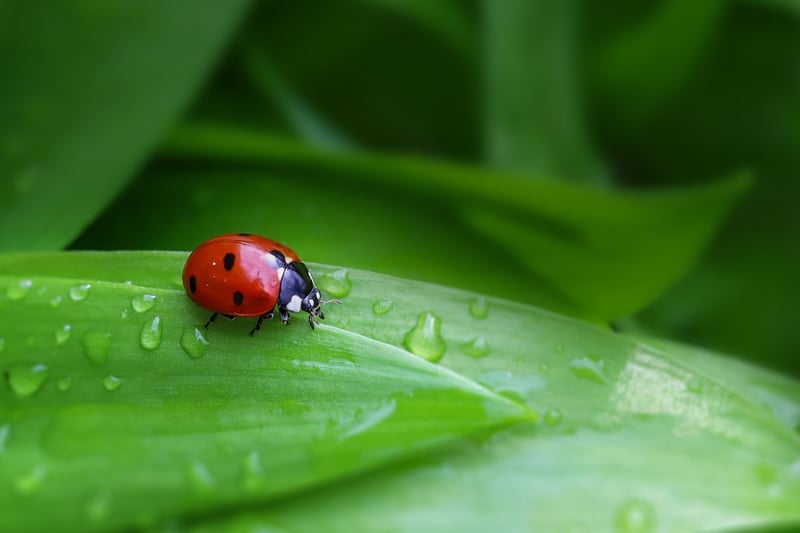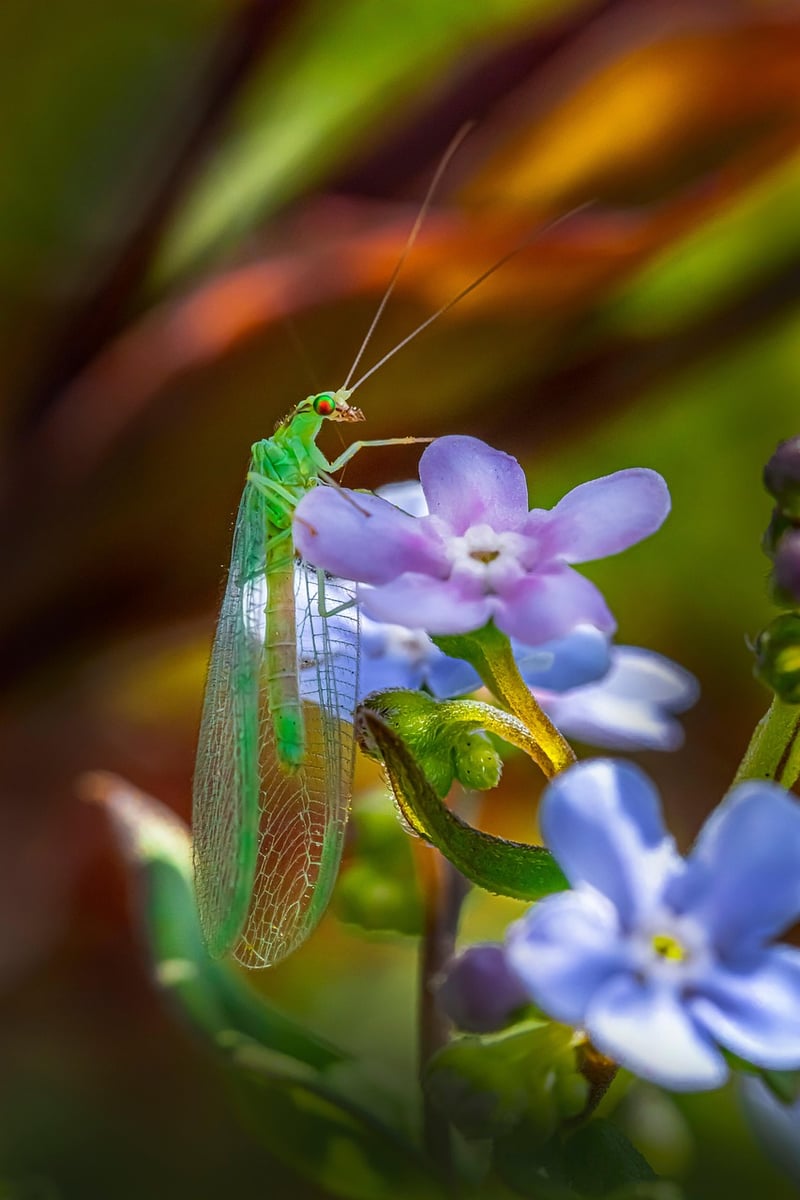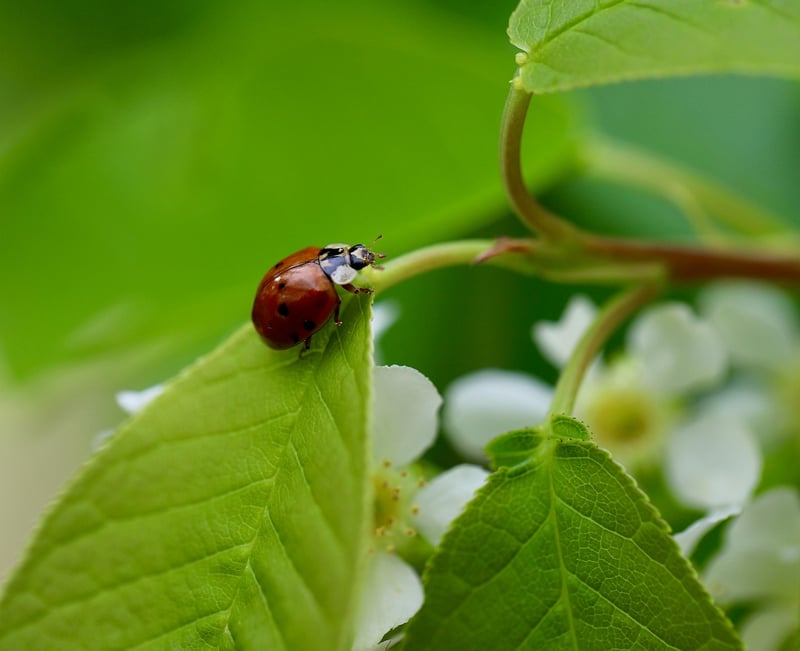Beneficial Insects
Protecting Plants from Pests with Beneficial Insects

Keeping your plants healthy and thriving can sometimes be a challenge, especially when pests attack. While chemical pesticides are commonly used to combat pests, they can have negative effects on the environment and beneficial insects. One natural and effective way to protect your plants is by harnessing the power of beneficial insects.
What are Beneficial Insects?
Beneficial insects are insects that prey on or parasitize garden pests. They act as a natural form of pest control, helping to keep pest populations in check without the need for harmful chemicals. Some common beneficial insects include ladybugs, lacewings, parasitic wasps, and hoverflies.
How to Attract Beneficial Insects
There are several ways to attract beneficial insects to your garden:
- Plant a diverse range of flowers that provide nectar and pollen for adult beneficial insects.
- Allow a small area of your garden to grow wild to provide habitat for beneficial insects.
- Avoid using broad-spectrum pesticides that can harm beneficial insects along with pests.
Common Beneficial Insects and their Roles
Here are some beneficial insects you might encounter in your garden and their roles:
- Ladybugs: Feed on aphids, mealybugs, and other soft-bodied insects.
- Lacewings: Prey on aphids, mites, and other small insects.
- Parasitic Wasps: Lay eggs on or inside pests, eventually killing them.
- Hoverflies: Feed on aphids, thrips, and other pests.
Integrated Pest Management (IPM)
Integrated Pest Management is a holistic approach to pest control that combines multiple strategies, including the use of beneficial insects, crop rotation, and maintaining plant health. By implementing IPM practices, you can effectively manage pests while minimizing the impact on the environment.

Next time you notice pests in your garden, consider enlisting the help of beneficial insects to keep them in check. Not only will you protect your plants, but you'll also promote a healthy and balanced ecosystem in your garden.
Remember, a diverse and thriving garden is not just about the plants you grow but also the insects that help protect them!
